Fire Damaged Crop and Agricultural Surveys
Drones are being used more and more in agriculture crop health for their obvious benefits of easily deployable, area coverage and advanced data analytics, and more and more uses are being found to utilise drones in multiple industries. More recently Iprosurv has been deploying drones for our clients in response to crop fire damaged agricultural surveys and data analytics to measure the damage over 100s of acres of land in minutes, assisting loss adjusters bring a swift conclusions to claims for their clients.
On Tuesday 19th July , the UK’s hottest day on record, temperatures rose to 40.3°C and fierce fires broke out across the country.
Agricultural farmland burst into flames causing millions of pounds worth of damage, fires spread on the busiest day for the fire brigade since world war 2, leading to action from farmers to protect their land from the devastating fires.
Fires leapt across roads and fire breaks to continue its onslaught on the land not just wheat, barley and corn, but also fruit crops were affected as well as greenhouses and polytunnels.
A farmer had experienced approximately 100 acres of fire damaged crops including 12 acres of woodland.
The site was 100 acres of wheat that was ready to harvest, the farmer had started to harvest part of his land when the fire started and quickly spread towards a busy A road, the fire then crossed the a road and continued its divesting path into nearby woodland.
After many hours of creating fire breaks and moving earth with farm machinery, the fire was brought under control.
Now started the painstaking task of assessing the damage and dealing with loss of the crop.

Traditional Methods
Traditional methods of measuring the damage can be costly and time consuming either driving around the damaged area or walking using a land measuring device, both methods can be inaccurate and rely on access as well as taking a long time to complete the survey.
Technology Led Methods
Using technology led methods not only saves time, but access issues are overcome, measurement’s can be centimeter accurate and completed in a matter of minutes.
The case in question was flown by drone in around 9 minutes and delivered an Ortho-mosaic interactive map where damage could be accurately measured from the office or in the field, resulting from better more informed accurate decisions for the policy holder.
The drone can be programmed prior to or onsite to fly the affected area completing and an automated flight where all of the images are geo referenced for accuracy and then the whole set of images stitched together to form an Ortho-mosaic map with the ability to measure and make notes for reports.
All this leads to better customer experience at a time when they need swift and accurate decisions to get their business back to normal, for the surveyor or loss adjuster their is increased safety by not entering areas that could still be burning underneath and cause sever injury if caught.
More accurate data often quicker and cheaper than any other method online results instantly and interactive ortho within 24hrs, 24 – 48 hour deployment time.
Using this method the drone automatically controls the camera settings including angles and is able to take overlapped images to create one large images that can be analysed onsite or from desktop.
The data is also transferable to GIS software for accurate planning and volumetric calculations if required.
Summary
Sure, here is the summary about the benefits of drone technology for assessing crop fire damage and other environmental damage, without bullet points:
Drone technology is rapidly becoming an essential tool for assessing crop fire damage and other environmental damage. Drones offer a number of advantages over traditional methods of assessment, including their speed, cost-effectiveness, accuracy, flexibility, and safety.
Drones can quickly and easily survey large areas, providing valuable data in a matter of hours or even minutes. This can be a major advantage in the case of crop fires, where timely assessment is critical to minimizing losses. Drones are also relatively inexpensive to operate, making them a cost-effective option for many organizations.
In addition to their speed and cost-effectiveness, drones can also capture high-resolution imagery and data, providing accurate information about the extent and severity of damage. This information can be used to make informed decisions about next steps, such as replanting or declaring a loss. Drones can also be deployed in a variety of environments, including those that are difficult or dangerous to access by other means. This makes them a valuable tool for assessing damage in remote areas or in areas that have been affected by natural disasters.
Finally, drones are relatively safe to operate. They can be operated by a single person, reducing the risk of injury or death. This is especially important in the case of crop fires, where the risk of exposure to hazardous materials is high.
In summary, drone technology offers a number of advantages over traditional methods of assessing crop fire damage and other environmental damage. Drones are fast, cost-effective, accurate, flexible, and safe. As a result, they are becoming an essential tool for environmental monitoring and assessment.




